Drove the Triton bakkie this last week, and Mitsubishi has big plans to make the Triton the first choice for fleet owners and small enterprise businesses. This is a possibility if the correct marketing is done, as the bakkie itself is very good.

Styling.
The Triton’s most striking exterior features include Mitsubishi’s “Dynamic Shield” front design, which incorporates a high hood line and beefy-looking front view. At the same time sculpted body curves with contrasting sharp lines, extended wheel flares and bright accents exude strength. Quite subjective, this new detail gets my vote, giving the Triton presence.
Add to this halogen headlamps, front fog lamps and a high-mounted rear stop lamp and it is obvious that this bakkie is as much a trusty workhorse as it is an attractive and practical vehicle.
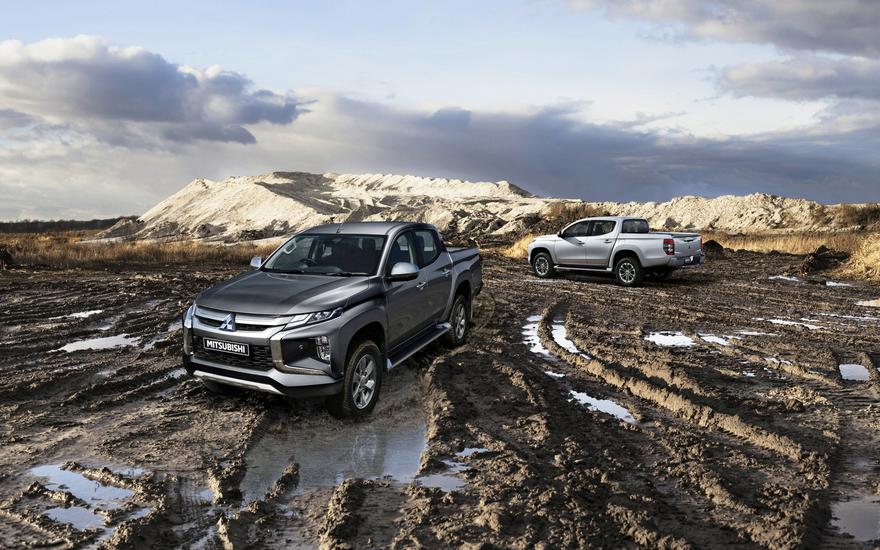
The current generation of the Triton was introduced locally in 2019, less than six months after the world launch. Since then, it has gained a substantial following in its segment and with a bakkie-building pedigree that stretches well over 40 years, Mitsubishi has managed to enhance and refine it in such a way that it has found favour with leisure and commercial users alike.
Engine.
The Triton Double Cab GL features Mitsubishi’s proven DOHC intercooled turbodiesel engine, with 100 kW of power and 324 Nm of peak torque on tap, making the range more accessible than ever before. This could be a little underpowered, when it’s competitors are amping up the kw output.
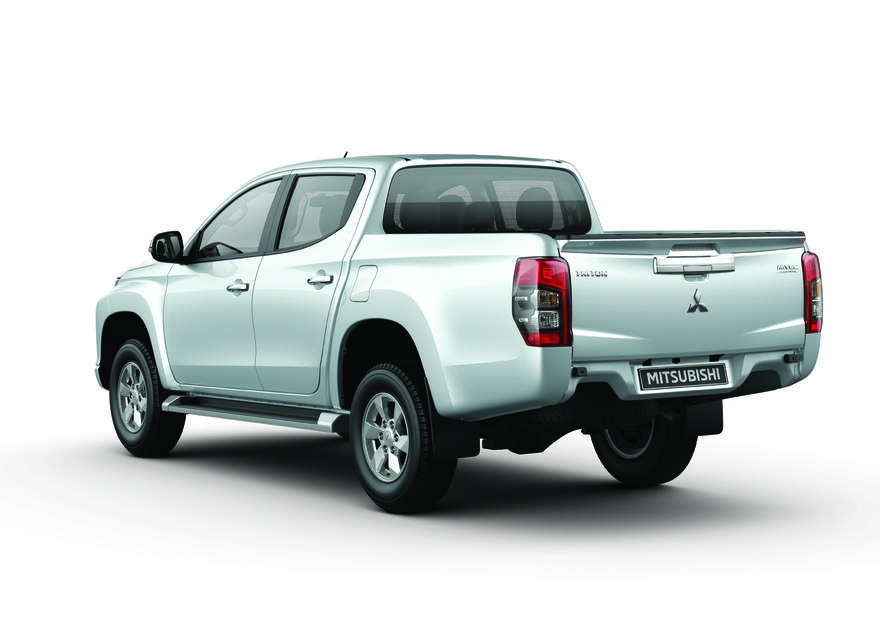
Slotting in at the entry point of the Triton line-up, it is exclusively available as a 4×2 with a six-speed manual transmission.
Befitting its status as a capable and dependable bakkie, the Double Cab GL features a limited-slip differential, a 75-litre fuel tank and 245/70R16 alloy wheels. Seats are covered in high-grade durable fabric.
Impressive fuel consumption figures of 8.0 litres/100 km in a combined cycle adds further appeal for fleet owners. This is a plus with current high fuel prices.
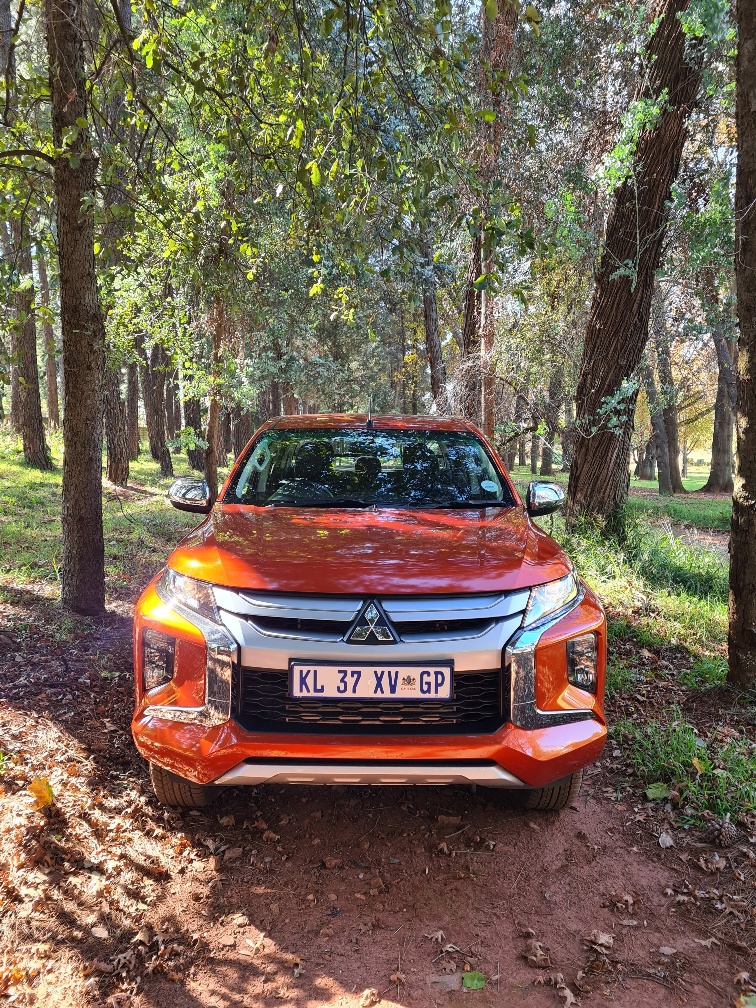
Underneath the Triton’s bold contemporary styling is a rigid ladder chassis, ensuring robust handling and stability no matter what the condition of the road surface. Up front, the double wishbones with coil springs and stabiliser bar deliver poise and responsiveness, while the rugged above-the-axle leaf spring rear suspension provides outstanding traction and load-carrying capacity of up to 1-ton.
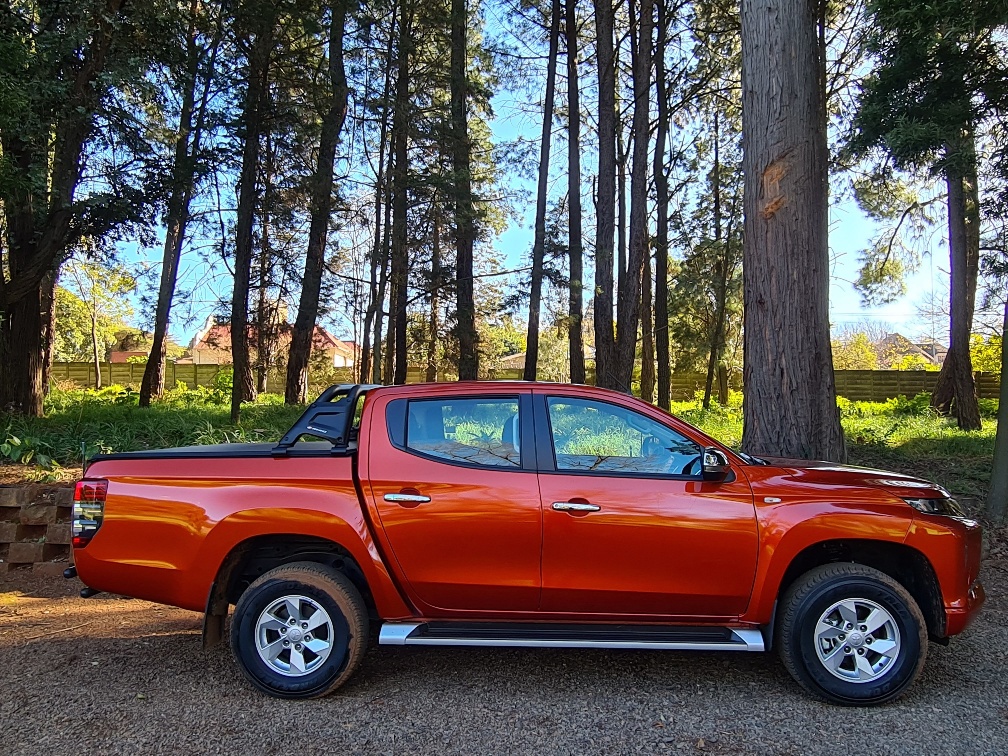
Safety and standard features
As with all other Triton models, the safety package of the GL includes an anti-lock braking system (ABS) with electric brakeforce distribution (EBD), as well as ISOFIX child seat anchors. Occupant safety is further enhanced by a high-impact safety cabin structure, airbags for the driver and front passenger and a seatbelt reminder for the driver.
Mod-cons such as keyless entry, central locking, an immobiliser and electric windows are standard, along with automatic air-conditioning and a touchscreen radio/CD player, whilst the touchscreen system with Android Auto and Apple Car Play is available as an optional extra.

Warranty and service
Sweetening the pot even further for customers in the commercial vehicle space is the extension of MMSA’s aftersales offering. The entire commercial vehicle line-up – including the Triton Double Cab GL – is now covered by an three-year/100 000 km manufacturer’s warranty as standard, along with a five-year/90 000 km service plan. Five-year/unlimited km roadside assistance is also included.
In summation, this bakkie has always been highly rated, and it should attract more buyers, but the bakkie market in SA is hotly contested and market share is defended strongly.
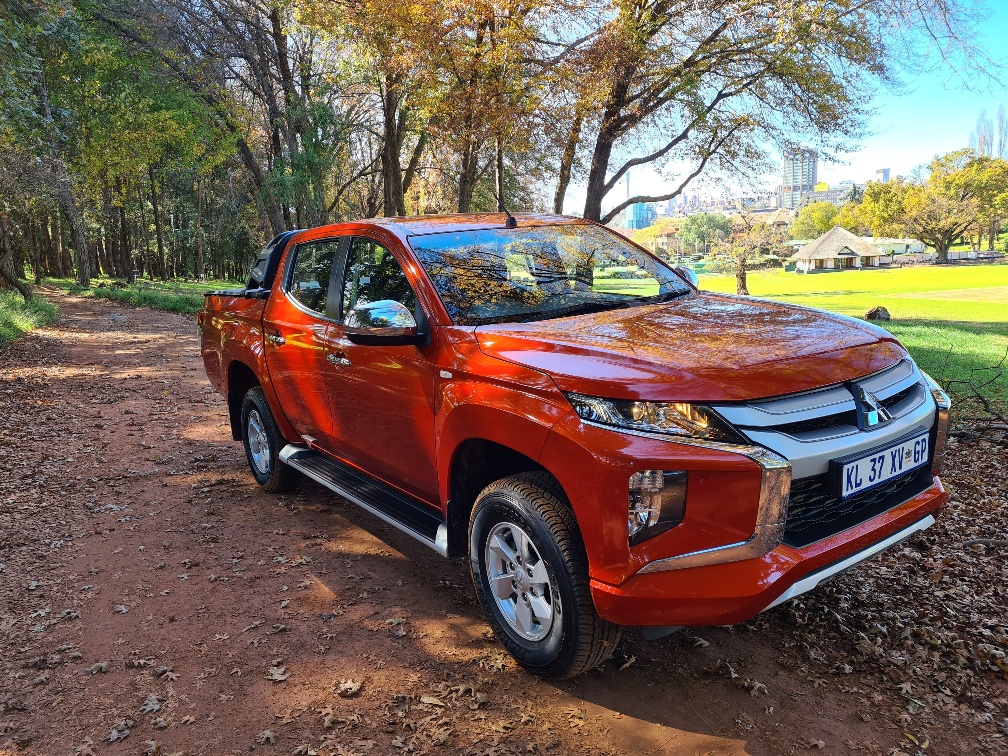
Pricing
| Triton 2.4L DI-DC M/T GL 4×2 | R479 995 |
| Triton 2.4L DI-DC M/T 4×2 | R594 995 |
| Triton 2.4L DI-DC A/T 4×2 | R614 995 |
| Triton 2.4L DI-DC M/T 4×4 | R654 995 |
| Triton 2.4L DI-DC A/T 4×4 | R674 995 |
| Triton 2.4L DI-DC A/T 4×4 Xtreme | R734 995 |
